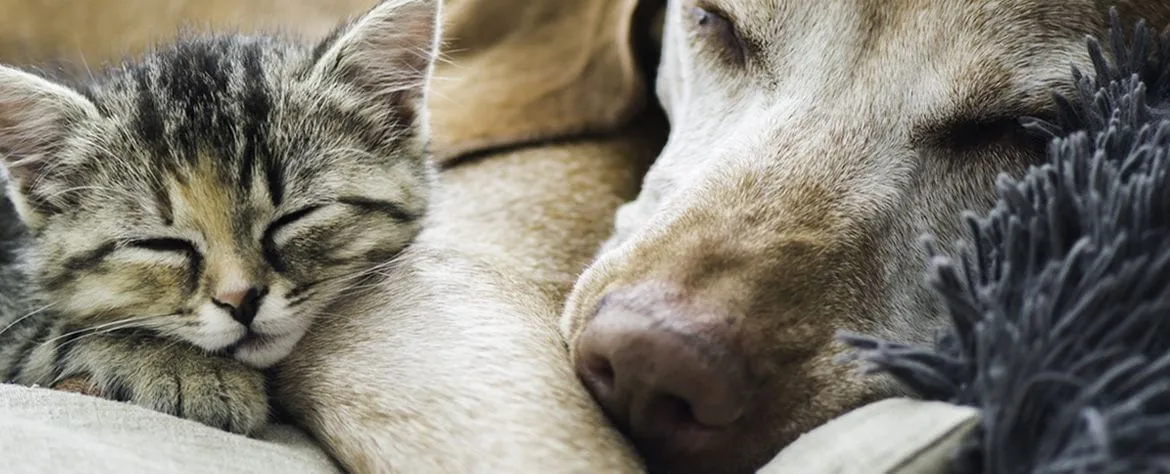
With June being National Adopt a Cat Month, we wanted to continue the cat knowledge and give you some insight into how often your cat should really see the vet. Since most is dependent upon your cat’s life stage, whether you have a kitten or an elder cat, these are the things you need to know.
Kitten: Birth to 1 Year
So you just adopted a kitten. Now what? You'll need to bring your little one in for vaccines every 3 to 4 weeks until they are 16 weeks old.
Cats will get tests for feline leukemia and feline immunodeficiency virus. They also get vaccinations that cover several diseases. The vet will examine your kitten to make sure they are growing well and showing no signs of an illness.
Most cats are spayed or neutered at around six months. If you adopted your kitten from a shelter, they may have done the procedure much earlier, before you took the cat home.
Adult: 1 to 6 Years
During this life stage, vets recommend your cat should see the vet annually for check-ups, dental cleanings and vaccinations. Cats hide pain and discomfort well, so it often takes the trained eye of a vet to see when something’s wrong.
There are common misconceptions that indoor cats may not need vaccinations that outdoor cats do, because they may not be exposed to any dangers. However, all cats need regular rabies and distemper vaccines. In come cases, these shots are good for up to three years. In this case, your vet can simply test your cat’s immunity level to make sure he or she is protected.
Elder Care: 7-10 Years
Once your cat reaches 7-10 years old, they are considered an elder cat. You should always talk to your vet about the appropriate schedule for elder care. But in this life stage, most cats need twice-yearly visits. Your cat will get vaccinations when needed and will get a thorough physical exam, along with tests to follow up on any problems. Blood and urine tests can give your vet the scoop on your pet's kidney and liver health, thyroid hormone levels, and more.
Special Care: 10+ Years
After the age of ten, cats often see the vet as many as three times a year, particularly if they suffer from obesity, arthritis, liver problems, or kidney issues. This is the time to mention any changes you've seen in your pet -- if, for example, your cat is drinking more water. These can be signs of a new problem such as kidney disease or arthritis.
Lifestyle Changes/Moving
Changing your cat’s lifestyle is a huge transition, particularly if your indoor cat will become an outdoor cat. There are additional vaccines that your cat needs if he or she isn’t inside all the time.
If you’re moving with a cat, a check-up before you leave will help you distinguish strange behaviors associated with the move from those that might indicate illness.
When to Always See the Vet
You should always see your vet as soon as possible if you notice signs of discomfort or distress in your cat. These may include:
-
Changes in stool or urine
-
Changes in appetite
-
Increased vocalization
-
Lethargy
-
Increased avoidance of people
-
Limping or otherwise moving in a strange way
To get your cat used to going in a carrier to travel to the vet, keep the carrier out and put your cat's food and toys in it. We would love to be your go-to resource for all of your cat’s needs. Schedule an appointment with us online today!



